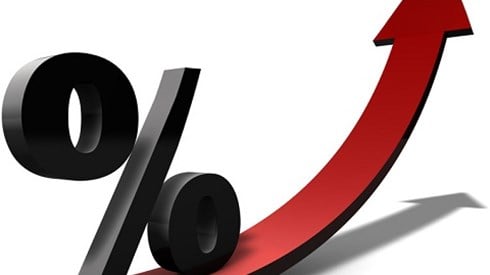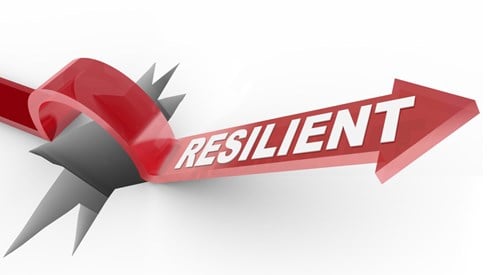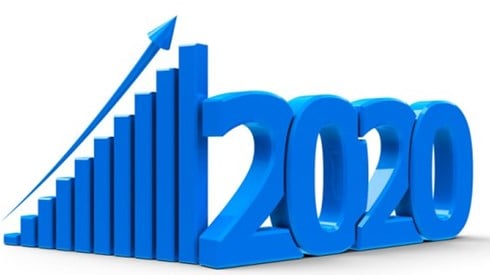As ILS Market Hits Record Levels, Reinsurers Rely on ILS Capacity

November 03, 2021 See Related Articles and Videos

Even as the catastrophe bond and insurance-linked securities (ILS) market sets new records for issuance, a new report suggests that reinsurers will increase their ILS use amid rising catastrophe losses.
The report, from S&P Global Ratings, notes that approximately 15 percent of total reinsurance capital is currently raised through ILS issuance, with the share increasing significantly in the retrocession market.
Reinsurers are increasingly relying on third-party capital to support their retrocession needs, S&P said, ceding about 50 percent of their exposures at a 1-in-250 return period this year through collateralized instruments such as ILS.
The S&P comment, "Reinsurers' Use of Insurance-Linked Securities Is Set To Increase Amid Rising Catastrophe Losses," said the rating agency expects the ILS market share to increase in the retrocession market over the next few years as innovative securities address new risks such as cyber, climate change, and environmental, social, and governance (ESG).
The catastrophe bond and ILS market has already seen significant growth this year, setting a new record for annual issuance of $17 billion with 2 months remaining in the year, according to Artemis and the Artemis Deal Directory. The previous annual issuance record, $16.44 billion, was set last year, Artemis said.
Of this year's total issuance, $10.4 billion so far has been in property catastrophe bonds, Artemis said, nearing the annual record set last year of $11 billion.
In addition to property catastrophe bonds, the Artemis total includes catastrophe bonds covering life, health, or specialty insurance lines; private catastrophe bonds; and mortgage insurance-linked securities.
Artemis said the year's issuance total is on track to top $20 billion. Thus far, the market has seen 80 individual catastrophe bond and ILS transactions in 2021, equaling the full-year record set in 2020, Artemis said.
Types of ILS S&P considered in its report include catastrophe bonds, sidecars, collateralized reinsurance, and industry loss warranties.
The rating agency noted that the amount of ILS capital in the market grew to $97 billion year-to-date in 2021 from $94 billion in 2020. "This reverses the trend of decreasing ILS capital we have seen in the past 2 years and affirms the attractiveness of ILS to investors as an alternative asset class," S&P said. "We expect the percentage of ILS capital to incrementally increase."
According to the S&P report, midsize reinsurers, in particular, have steadily increased their use of third-party capital, and it now represents about two-thirds of their ceded exposure at the 1-in-250 return period. "This confirms our observation that some reinsurers are increasing their market share to take on more catastrophe risk, and leveraging their third-party capital vehicles to do so," S&P said.
For the largest global reinsurers, the use of collateralized reinsurance has held steady at just under 50 percent, S&P said. "Smaller and more regional reinsurers appear to cede less to third-party capital, possibly because they value the support and expertise they receive from their counterparts," S&P said. "They might also lack the expertise or resources to issue and administer their own ILS issuances."
S&P noted that investors' interest in catastrophe bonds steadily increased during the COVID-19 pandemic, in large part because of the portfolio diversification benefit they provide due to their low correlation with other asset classes that experienced market turmoil in the early stages of the pandemic.
"Even if we were to come out of the low interest rate environment in the future leading investor interest to swerve to other asset classes, we expect cat bonds to remain attractive from a portfolio construction point of view," S&P said.
That investor interest is good news for cedants looking to replace maturing catastrophe bonds or seeking retrocessional capacity while capacity remains constrained in the traditional market, according to S&P.
Meanwhile, innovative insurance-linked securities structures are addressing various emerging needs, S&P reported. Among them are increases in insured exposure such as properties exposed to typhoon risk in China, the protection gap faced by underinsured populations following events such as the earthquake in Haiti, and the growing influence of climate change.
In addition, there has been additional investment around risk management strategies to address new forms of volatility using parametric triggers, S&P said, such as nondamage business interruption or damage to critical infrastructure.
The market is also seeing new issuers, including corporates, who are embracing catastrophe bonds and ILS for their own risk mitigation or to address protection gaps exposed by the pandemic, S&P said.
The S&P report also noted the increase in cyber attacks associated with the acceleration of digitalization due to the COVID-19 pandemic. As the exposure grows and potentially reaches across businesses, geographies, and economies, there could be a role for ILS in addressing the risk, particularly if the market can provide capital in association with industries and governments.
"This would, however, necessitate a massive expansion of the investor base," S&P said. "The ILS market currently has only a limited amount of capital, which is far outstripped by the forecast exposure and potential demand for cyber protection."
S&P said it expects the ILS market to remain strong, as long as it stays disciplined. And it will continue to play an important role for reinsurers, S&P believes. "The more peak exposures the reinsurance market transfers to a broad range of ILS investors, the better for the stability of the system and the growth of the market," S&P said.
November 03, 2021




